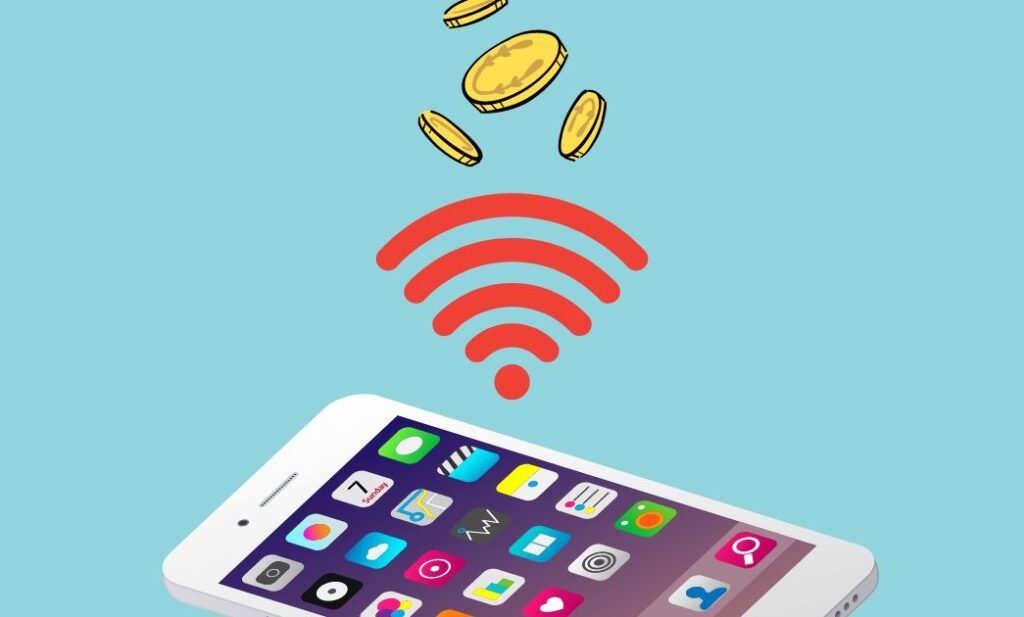Reliance Jio, the telecoms venture backed by Facebook and Google, has rocked the boat again with the introduction of its latest product, the Jio Bharat phone.
Priced at an unprecedented $12, the phone is touted to be the most affordable device in the non-smartphone segment, making it more accessible to a substantial quarter of a billion Indian population who primarily use feature phones.
At the helm of this groundbreaking venture is Mukesh Ambani, the wealthiest man in India. With the launch of Jio Bharat, Ambani aims to address the connectivity gap amongst lower-income consumers who had been previously restricted by exorbitant data charges and pricey devices.
The Jio Bharat phone will be initially available on a trial basis and is part of Ambani’s ambitious blueprint to connect India’s digital gap, with his telecommunications unit, Reliance Jio, leading the charge.
The Strategic Disruption by Reliance Jio
This isn’t the first time Jio has disrupted the Indian market. Back in 2016, it caused a significant shakeup in the Indian telecoms industry by introducing free data and affordable voice plans. This innovative approach ultimately led to a competitive upheaval that left only Jio and Bharti Airtel as key players in the Indian mobile market, one of the fastest-growing in the world.
“The introduction of the Jio Bharat phone reiterates Jio’s commitment to making digital access affordable and convenient for every Indian citizen,” says Jayanth Kolla, founder and partner at Convergence Catalyst, a Bengaluru-based consultancy firm. He further explains how Jio’s consistent pricing strategy suggests its goal of capturing a larger market share, primarily those still using feature phones, who account for approximately 20% of India’s data subscribers.
As per Mukesh Ambani, Chairman of Reliance Jio, approximately 250 million Indian mobile users are still trapped in the 2G era. These users are yet to fully leverage the internet’s basic features, even as the world is on the brink of a 5G revolution.
Reliance Jio’s Progressive Foray into the Mobile Market
The Jio Bharat phone is not Reliance Jio’s first foray into the mobile phone market. It launched the 4G-enabled JioPhone in 2017, priced at Rs1,500 (about $20), with a three-year refund policy. Then in 2021, following a 7.7% stake purchase by Alphabet, Google’s parent company, Jio unveiled the Android-enabled JioPhone Next, priced at Rs4,499. This device was sold exclusively online and had a relatively modest commercial success due to its higher price tag.
To compete with rivals like Bharti Airtel, Jio is planning to introduce an unlimited voice and 14GB monthly data plan within India for just Rs123 ($1.50). In contrast, Bharti Airtel offers an unlimited call and 2GB data plan for Rs179 ($2.18).
The Jio Bharat will be assembled locally and equipped with Reliance’s proprietary video and music streaming apps, JioCinema and JioSaavn. The device will also have digital payment capabilities with India’s UPI network and a camera. Despite Mark Zuckerberg’s Meta investing $5.7bn for a 10% stake in Jio, applications such as WhatsApp and Facebook will not be immediately available on the Jio Bharat.
Prabhu Ram, head of industry intelligence at CyberMedia Research, sees the Jio Bharat launch as a positive step towards India’s ongoing digital transformation. However, he added a note of caution, stating that it remains uncertain if this affordable smartphone will find traction among the targeted consumers. As per Ram, the phone’s success will be a key determinant in enabling digital access to the more impoverished sections of Indian society.
